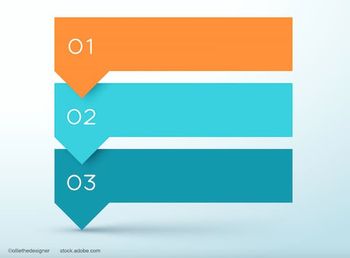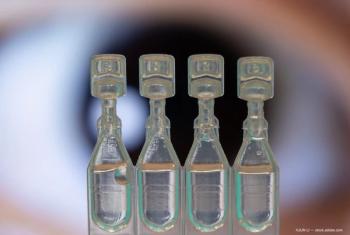
NSAID with BAK as comfortable as preservative-free formula
Fort Lauderdale, FL-In a comparison of the comfort of two non-steroidal anti-inflammatory drug (NSAID) formulations, ketorolac tromethamine ophthalmic solution 0.4% with benzalkonium chloride (BAK) (Acular LS, Allergan) seemed to be as comfortable as preservative-free ketorolac tromethamine ophthalmic solution 0.5% (Acular PF, Allergan) based on ratings by 45 healthy volunteers who received two doses of the drops in a randomized, investigator-masked, single-center clinical trial
Calvin W. Roberts, MD, clinical professor of ophthalmology, Weill Medical College, Cornell University, New York, conducted the study and reported his findings at the annual meeting of the Association for Research in Vision and Ophthalmology.
The volunteers, all medical students, were randomly assigned to receive a single drop of Acular LS in one eye and Acular PF in the contralateral eye at two evaluations on a single day.
The first time the volunteers scored the comfort of the drops they had received, Acular LS and Acular PF had nearly equal ratings, Dr. Roberts said. The mean discomfort score for the Acular LS group was 0.93, and the mean score for the Acular PF group was 0.96 (p = 0.881). However, after the second instillation, subjects reported that the Acular LS was more comfortable than the Acular PF. The mean score for the Acular LS group was 0.53 compared with 0.87 in the Acular PF group (p = 0.017).
The results of this study were surprising, Dr. Roberts said.
"I was expecting that the Acular PF, which is totally without preservatives, would be the more comfortable one because the Acular LS still has preservatives, just at a much lower concentration than the original Acular," he said.
Because patients rely so extensively on the drug before and after surgery, the comfort of the drops influences their compliance, Dr. Roberts noted. Based on the study results, Acular LS is now the only form of Acular prescribed for patients in his practice who are undergoing cataract surgery, he added.
"All our patients get Acular LS. They take it 4 times a day for the 3 days prior to surgery and then they take it postoperatively for the first month," he said.
A preservative - free formula Reports of stinging associated with the original Acular formulation prompted the manufacturer to develop the preservative-free formula. However, some patients found the unit-dose packaging of Acular PF more cumbersome to deal with and more expensive, Dr. Roberts said, so the manufacturer developed an additional preparation with a lower level of preservatives than the original Acular and changed the pH level from 7.2 to 7.4.
Acular LS, approved by the FDA in June 2003, offers the efficacy and the large-bottle packaging of the original Acular but is more comfortable to put into the eye, he added.
He also said that the use of healthy volunteers rather than patients with cataracts should not have any bearing on the results of the study, since the eyes of the healthy, relatively young volunteers were, if anything, more sensitive to the products than those of typical cataract patients.
"We wanted a group that would be very aware of their sensitivities so that we could really tell differences if they existed," Dr. Roberts said.
He added that the presence of a cataract would not change an individual's sensations following instillation of medicated drops.
The outcomes of this study could be relevant beyond cataract surgery, Dr. Roberts said.
Newsletter
Don’t miss out—get Ophthalmology Times updates on the latest clinical advancements and expert interviews, straight to your inbox.














































.png)


